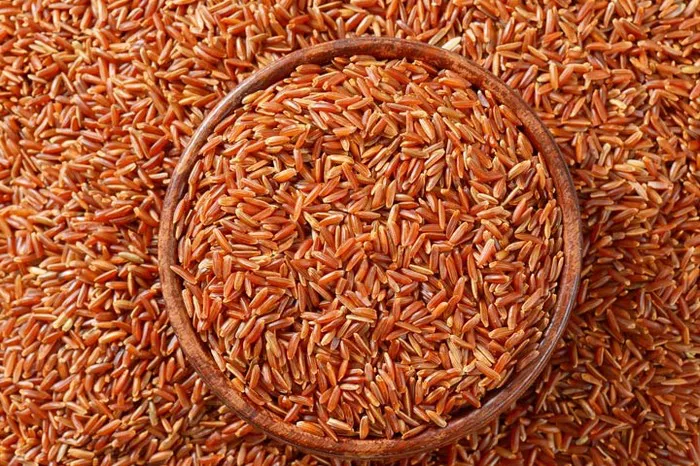Sourdough bread, with its tangy flavor and chewy texture, has been a staple in many diets for centuries. Its unique fermentation process not only gives it a distinctive taste but also impacts its nutritional profile. For individuals with diabetes, understanding how sourdough fits into a diabetic-friendly diet is crucial. This article explores the relationship between sourdough bread and diabetes, examining its effects on blood sugar levels, and offering recommendations for incorporating it into a balanced diet.
SEE ALSO: What to Make with Eggs for a Healthy Breakfast
Understanding Sourdough Bread
Sourdough bread is distinguished from other types of bread by its fermentation process. Unlike bread made with commercial yeast, sourdough is leavened using a natural starter culture composed of wild yeast and lactic acid bacteria. This fermentation process breaks down some of the carbohydrates in the dough, which can affect the bread’s glycemic index (GI).
The GI is a measure of how quickly a food raises blood sugar levels after consumption. Sourdough generally has a lower GI compared to regular white bread. This is partly due to the longer fermentation period, which can reduce the bread’s overall glycemic response. The organic acids produced during fermentation also contribute to this lower GI, making sourdough a potentially better option for those managing diabetes.
Sourdough and Blood Sugar
When comparing sourdough to other types of bread, such as white or whole wheat, its impact on blood sugar levels is notably different. Research indicates that sourdough has a lower GI, meaning it causes a slower and more gradual increase in blood sugar levels. For example, a study published in the American Journal of Clinical Nutrition found that sourdough bread resulted in a lower postprandial glycemic response compared to white bread.
Another key aspect to consider is that while sourdough may have a lower GI, individual responses can vary. Factors such as portion size, the presence of other ingredients, and overall diet can influence how sourdough affects blood sugar levels. Therefore, it is essential to monitor blood sugar levels regularly and adjust dietary choices based on personal responses.
Other Factors to Consider
Although sourdough may offer benefits over other types of bread, it is important to consider additional factors. Some sourdough breads contain added ingredients like sugar, honey, or other sweeteners, which can counteract the benefits of its lower GI. Always check the nutritional information on the bread label to ensure that no additional sugars or high-carb ingredients are present.
Fiber content is another important factor. Sourdough’s fiber content, derived from whole grains used in some recipes, can aid in blood sugar control by slowing the digestion and absorption of carbohydrates. Opting for whole grain or multigrain sourdough varieties can enhance this benefit.
Recommendations
Incorporating sourdough into a diabetic-friendly diet requires thoughtful planning. Here are some tips for making the most of sourdough bread:
Portion Control: Limit serving sizes to prevent excessive carbohydrate intake. A typical serving size is one slice of sourdough bread, but individual needs may vary.
Balance Your Plate: Pair sourdough with protein or healthy fats to further stabilize blood sugar levels. For instance, enjoy it with a slice of turkey or a small amount of avocado.
Read Labels: Always review the ingredients and nutritional information of sourdough bread to avoid added sugars or unhealthy fats.
Consult a Professional: Work with a registered dietitian or healthcare provider to tailor dietary choices to your specific needs and health goals.
FAQs
Does sourdough cause blood sugar spikes?
Sourdough generally causes a slower rise in blood sugar levels compared to high-GI breads. However, individual responses can vary, so it’s important to monitor your blood sugar levels and adjust your diet accordingly.
Is sourdough better than other types of bread for diabetics?
Sourdough may be a better option than white bread due to its lower GI, but it may not be significantly better than other whole grain or low-GI breads. Personal blood sugar responses and overall diet should guide your choice.
Conclusion
In summary, sourdough bread can be a suitable option for individuals with diabetes due to its lower glycemic index compared to other types of bread. However, the impact of sourdough on blood sugar levels can vary based on individual responses and the presence of added ingredients. Portion control, label reading, and balanced meals are essential for maintaining optimal blood sugar levels. As always, consulting with a healthcare provider or registered dietitian can provide personalized advice and ensure that sourdough fits well within a diabetic-friendly diet.
Related Topics:



























